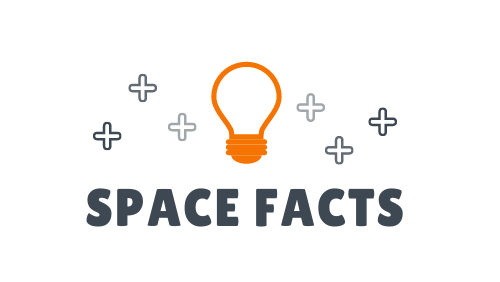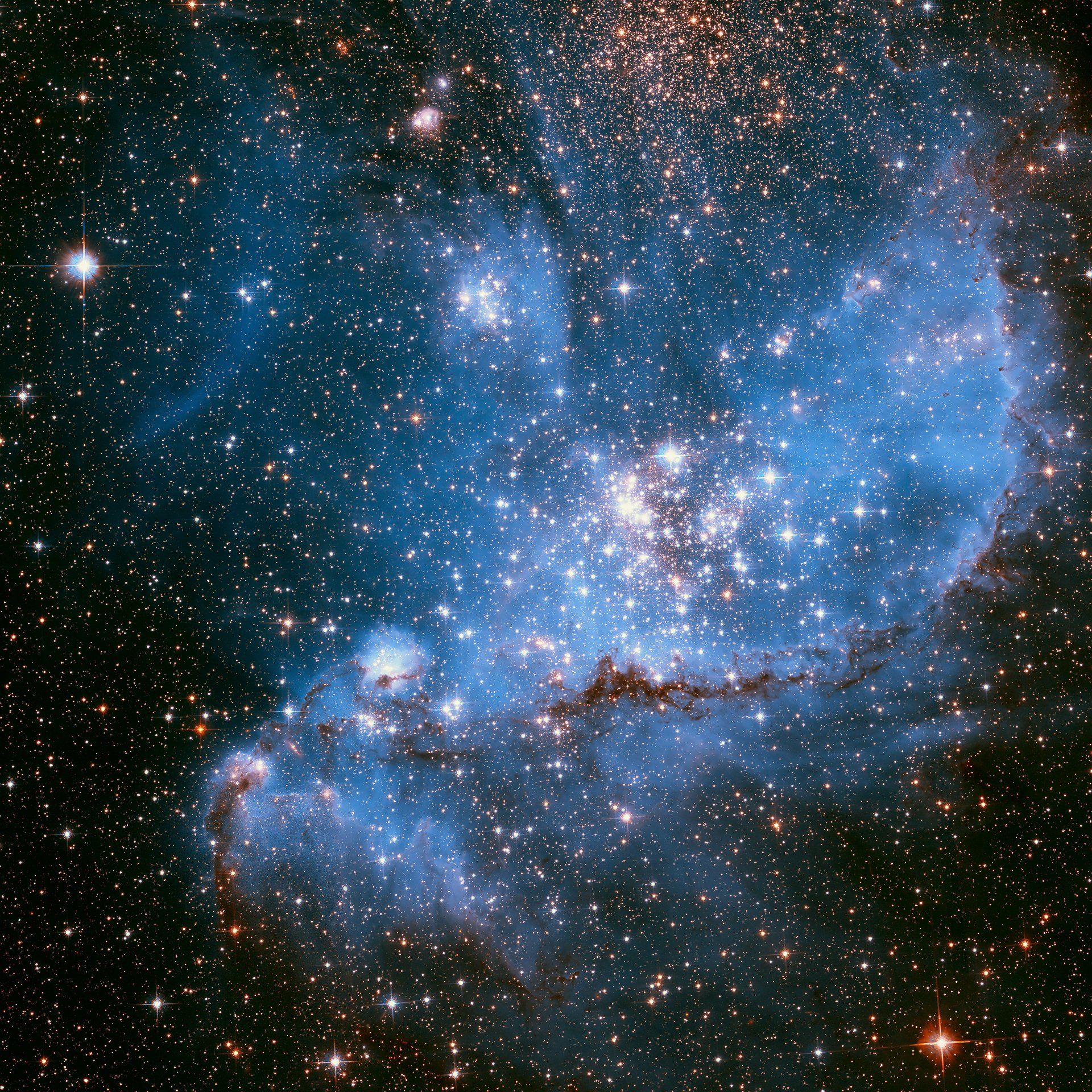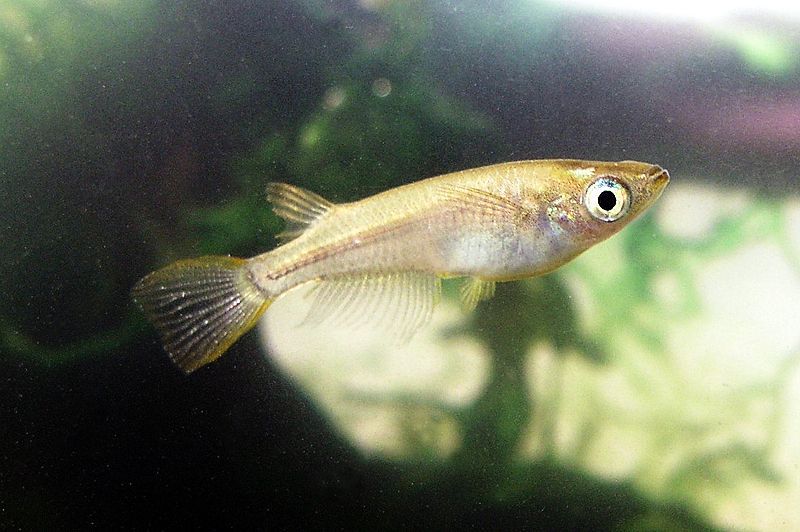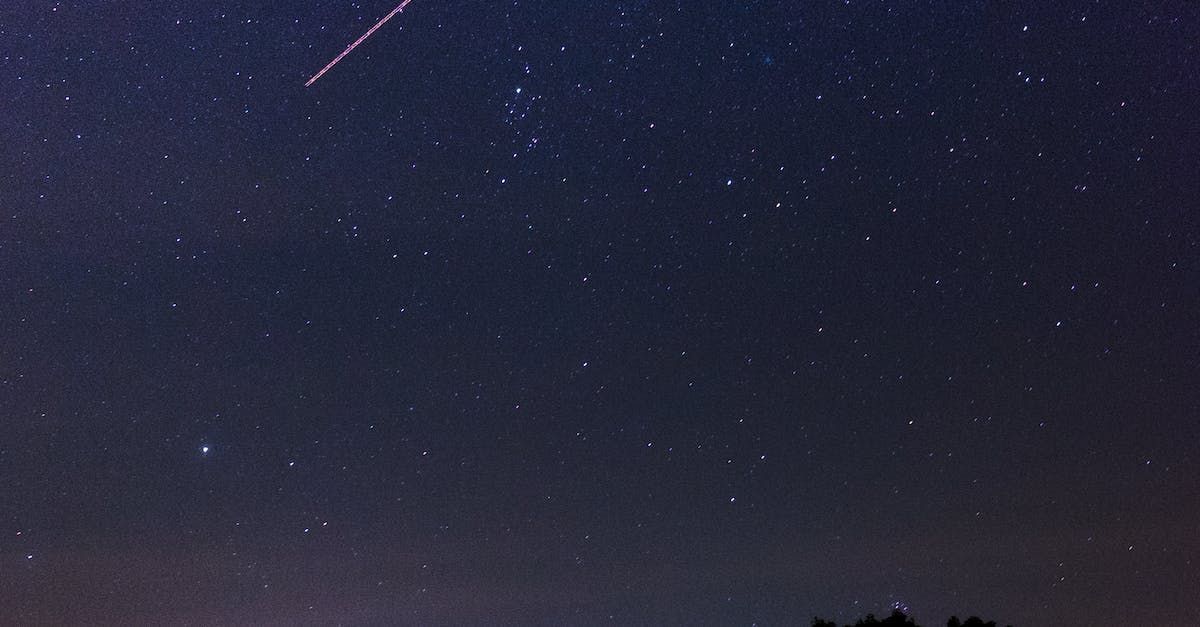How Was The International Space Station Built?
How Was The International Space Station Built?
The International Space Station, a complex structure comprising living quarters, laboratories, exterior trusses for structural support, and solar panels for power generation, was constructed piece by piece in orbit using a combination of spacewalking astronauts and robotics. While NASA's space shuttle was primarily used to transport the heavier components to the station, some individual modules were launched on single-use rockets.
The construction of the ISS began on Nov. 20, 1998, with the launch of the Russian Zarya module on a Proton rocket. Two weeks later, the NASA Unity/Node 1 module was launched by the space shuttle STS-88. During this mission, astronauts performed spacewalks to connect the two components together. Subsequent components were launched on rockets or in the space shuttle cargo bay, including the truss, airlocks, and solar panels, which were launched in stages throughout the ISS's lifetime.
Other major modules and components include the Zvezda module (Russia; launched 2000), Destiny Laboratory Module (NASA; launched 2001), Canadarm2 robotic arm (CSA; launched 2001), Harmony/Node 2 (NASA; launched 2007), Columbus orbital facility (ESA; launched 2008), Dextre robotic hand (CSA; launched 2008), Japanese Experiment Module or Kibo (launched in stages between 2008-09), Cupola window and Tranquility/Node 3 (launched 2010), Leonardo Permanent Multipurpose Module (ESA; launched for permanent residency in 2011), Bigelow Expandable Activity Module (private module launched 2016), NanoRacks Bishop Airlock (launched 2020), Nauka Multipurpose Laboratory Module (launched 2021), and Prichal, a Russian docking module (launched 2021). Additionally, docking adapters were launched in 2017 to accommodate new commercial spacecraft.
A Mock Up Of The International Space Station Can Be Found In The US.

© Copyright 2021 Space-facts.co.uk
View our other facts sites: www.animal-facts.co.uk










